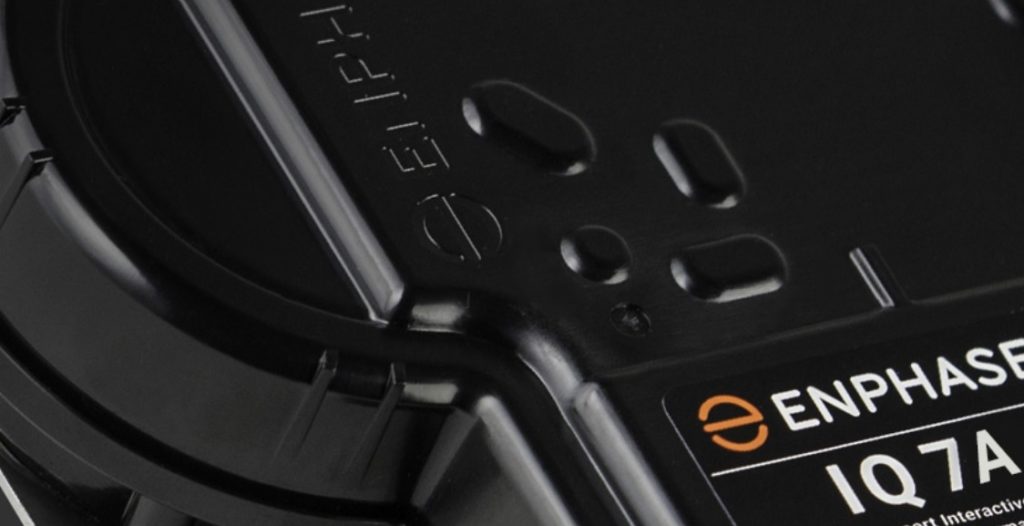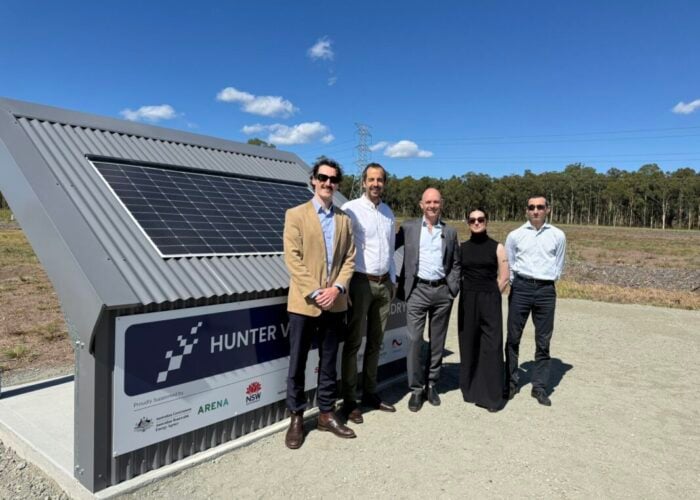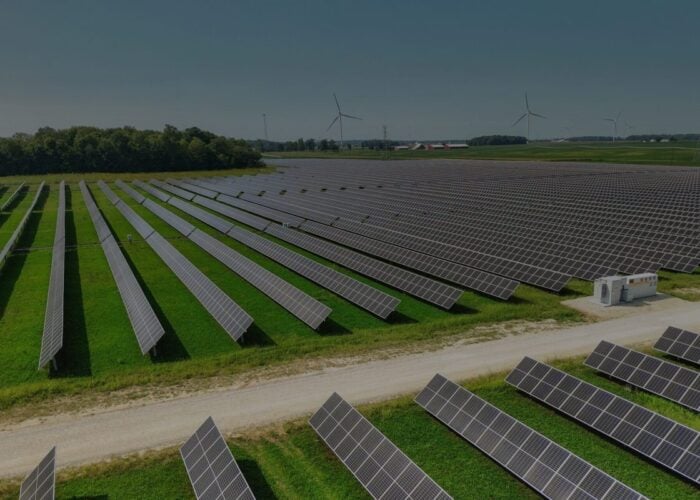
Enphase Energy beat its revenue guidance in Q1 2021 as the microinverter supplier got off to a strong start to 2021, however an ongoing semiconductor shortage has weighed heavy on guidance for the rest of the year.
Yesterday Enphase reported Q1 2021 revenue to have stood at US$301.8 million, up 47% year-on-year and enough to beat its previous guidance for the period of US$280 – 300 million, given during the company’s Q4 2020 results disclosure.
Try Premium for just $1
- Full premium access for the first month at only $1
- Converts to an annual rate after 30 days unless cancelled
- Cancel anytime during the trial period
Premium Benefits
- Expert industry analysis and interviews
- Digital access to PV Tech Power journal
- Exclusive event discounts
Or get the full Premium subscription right away
Or continue reading this article for free
Microinverter shipments for the quarter stood at 830MWdc, or around 2.45 million units, while its nascent storage product Encharge continued to build momentum, shipping 42MWh in the quarter, again beating previous guidance.
But, chief executive officer Badri Kothandaraman warned yesterday, growing unpredictability around the supply of semiconductor chips used in its microinverter products is dampening the company’s guidance throughout the rest of the year, and possibly into 2022.
Guidance for Q2 2021 was given in the range of US$300 – 320 million, below the prior consensus figure of US$321 million, which Kothandaraman squared with the semiconductor supply chain which he said was “under stress”.
Semiconductor chip shortages have been noted across many sectors, driven by surging demand for consumer products including electric vehicles. Enphase’s issues relate to problems locking in supply of two chips in particular, the ASIC and AC FET drivers used in its microinverter products. Enphase has moved to lock in more supply of these particular chips, however the ramp in supply is expected to be slower and, as a result, shipment volumes are expected to be constrained moving forward.
The constraints also coincide with growing demand for Enphase’s microinverter range. Enphase stressed during a call with analysts it remained committed to expanding manufacturing capacity in both Mexico and India – equipment has already been purchased to establish a second line at its facility in Chennai, India, which ramping expected to begin in Q3 – and Kothandaraman said that demand outstripped supply considerably in the coming quarters. Bookings for Q3 2021 were said to be higher than they would ordinarily be at this time of year.
Supply constraints will prove a thorn in Enphase Energy’s side, however, due mostly to the supply chain’s unpredictability.
“We’re obviously pleased with the overall demand but we are cautious about the supply situation, which is not very predictable today.
“I do expect the supply situation to get better every quarter… I do expect Q3 to get better. I expect Q4 to get even more better. But will that match our demand? I cannot predict it now,” Kothandaraman said.
Component shortages are widely anticipated to be felt throughout this calendar year which, as one analyst noted yesterday, contradicts the previously given view from Enphase that supply chain stress would begin to ease from April 2021.
The shortage is also impacting on the launch of Enphase’s IQ 8 and IQ 8D microinverter products, which are now not expected to ramp until Q3 2021.
Material and component shortages have emerged since the end of last year as perhaps the defining feature of the global solar industry, with polysilicon shortages sending the cost of solar modules up by as much as 25% over the past six months.






